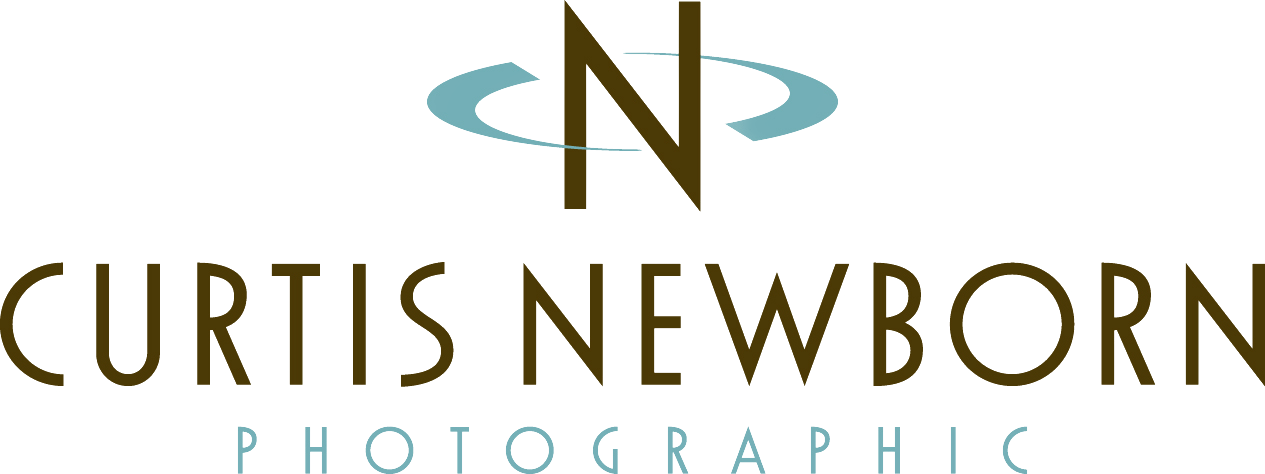New research is challenging long-held assumptions about how our eyes influence our stomachs.
You’ve probably heard the idea that using smaller plates and bowls can affect your perception of how much you’re eating, thereby helping you eat less. But how well does it work? A new study sheds light on that popular theory, finding that if you’re really hungry, it doesn’t work. The reason why is a glimpse into the fascinating psychology of how we see and judge the world around us.
Tzvi Ganel, head of the Laboratory for Visual Perception and Action at
the Ben Gurion University’s Department of Psychology, headed up the research. Ganel explains that while your plate size has a definitive effect on how you perceive the food contained in it, how it affects your perception all depends on how ravenous you are. The hungrier you are, the less your perception will be altered.
Published in the journal Appetite, the research conducted two experiments, the first with 32 women and another with41 females and 40 males. Together with PhD student Noa Zitron-Emanuel, Ganel exposed the subjects to food in plates of different sizes to measure the effect of food deprivation on the subjects’ susceptibility to something called the Delboeuf illusion.
The Delboeuf illusion is a psychological phenomenon that affects how we perceive two circles of identical size relative to the size of the circle that contains it. The inner circle will always appear smaller to us if it is contained in a larger circle. In food terms, this means that if you put a pizza on a plate, your brain will think it’s bigger than the same pizza on a larger plate. The theory goes that if your brain sees food on a very large plate, you won’t be satisfied when you eat it. Put the same amount of food on a small plate, and you will.
Ganel and Zitron-Emanuel found out that if subjects were hungry, the illusion simply didn’t hold up. Ganel says over email that the data clearly shows “that it is more difficult to trick the brain via illusions when food is in need.” In comparison, the researchers also exposed participants to neutral representations that didn’t involve food–just circles of the same size inside other circles of different dimensions. In that test, the experiment subjects were affected by the Delboeuf illusion, regardless of their hunger level.
Their conclusion? If you’re hungry, your brain throttles down the Delboeuf illusion to save your life. “[This adaptive phenomenon] allows humans to effectively evaluate objects of interest when such objects can be vital for survival,” Ganel writes.
But dieters, not all is lost! A 2012 study by the Food and Brand Lab at Cornell University found out that lighting and other environmental factors can have a big impact on your appetite. The test divided a real world fast food restaurant in Champaign, Illinois, into two dining areas: one was your usual burger environment with bright lights, colors, and loud music while the other one was decorated like a nice restaurant with indirect lighting, white
tablecloths, and jazz music. Then they took 62 random customers and measured their calorie intake. The results were fascinating: “Although customers in the fine dining atmosphere ate for 4.7% longer, they ate less than their fast-food counterparts.” They also found out that the fine dining customers weren’t more likely to order more food than the fast food customers, yet if they did, their orders contained 14% fewer calories. They rated the food better, too.
In other words, the way you eat is important–even if the old “use a smaller plate” theory doesn’t always work.


